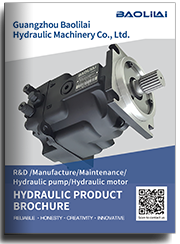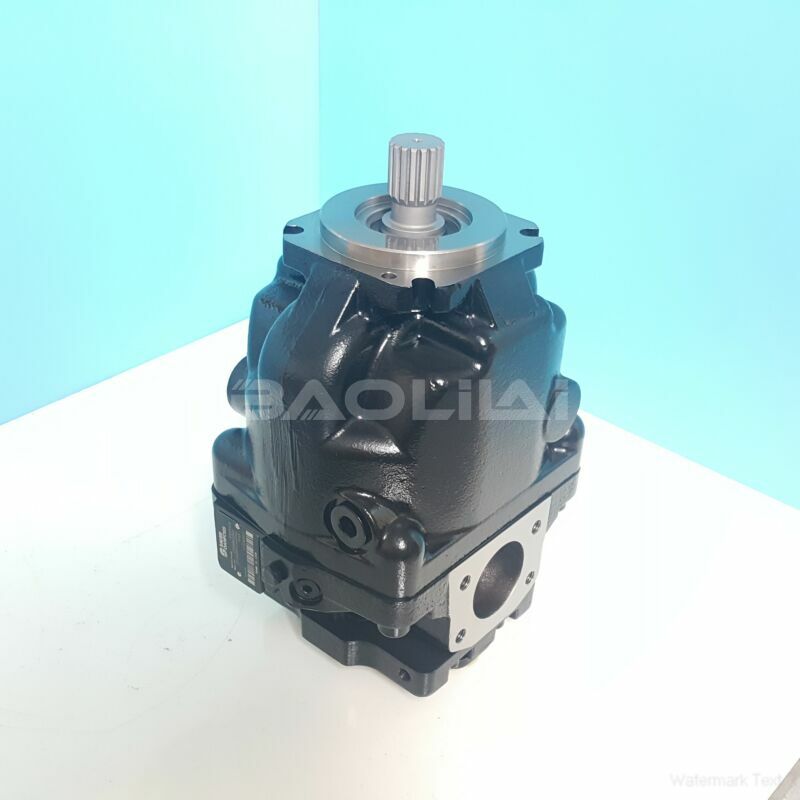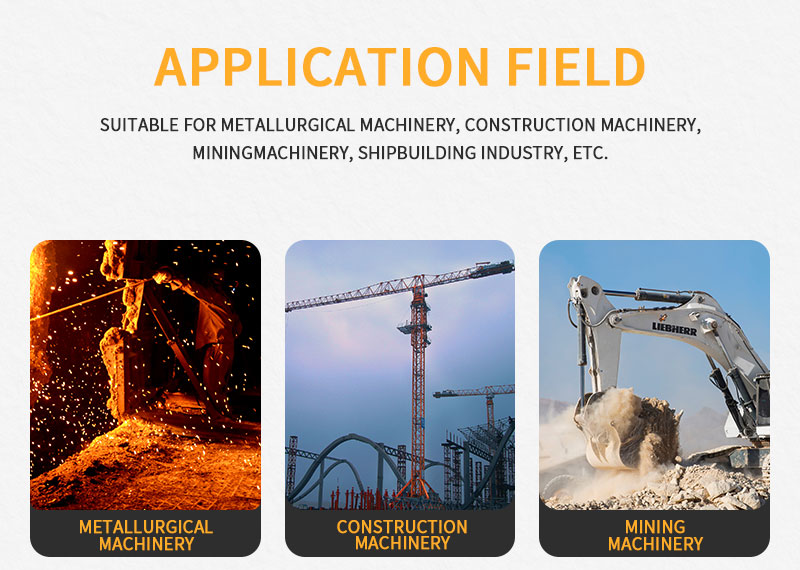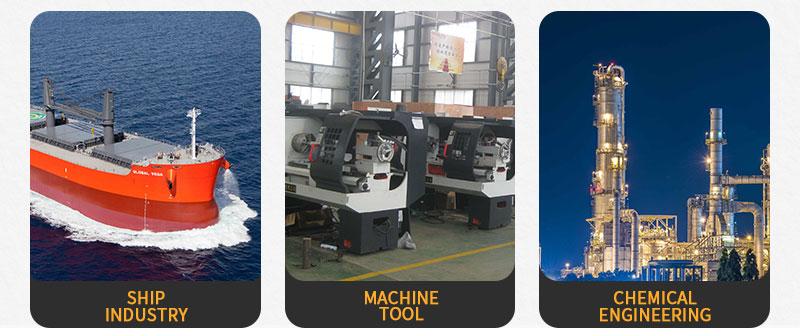ERR100BBS3120NNN3S4APA1NNNNNNNNNN sauer danfoss pump
ERR100BBS3120NNN3S4APA1NNNNNNNNNN sauer danfoss pump

- Product Details
- Applicable Scene
In the rapidly evolving industrial landscape, the integration of smart factory systems is transforming the way manufacturing operations are conducted. One key component that plays a significant role in these advancements is the hydraulic pump, which is instrumental in powering various machinery and equipment. As factories embrace automation, artificial intelligence (AI), and the Internet of Things (IoT), the future of hydraulic pump design is set to undergo revolutionary changes to meet the demands of smarter, more efficient production.
ER-R-100B-BS-31-20-NN-N-3-S4AP-A1N-NNN-NNN-NNN
ERR100BBS3120NNN3S4APA1NNNNNNNNNN
One of the primary trends in hydraulic pump design is the move towards increased energy efficiency. Traditional hydraulic pumps often operate with significant energy losses due to hydraulic controls that lack precision and responsiveness. The future designs will incorporate advanced materials and technologies that minimize energy consumption. For instance, the use of variable speed drives, which allow pumps to adjust their output according to real-time demand, can lead to substantial energy savings and reduced operational costs.

80003896
Incorporating AI and machine learning algorithms into hydraulic pump systems will also be a game changer. These technologies can analyze operational data and predict maintenance needs, thus preventing unexpected downtimes. Predictive analytics can optimize the performance of hydraulic pumps by adapting their operating parameters to changing factory conditions. This not only enhances productivity but also extends the lifespan of the equipment, resulting in a more sustainable manufacturing process.
Furthermore, the integration of IoT devices into hydraulic pump systems will enhance their functionality and connectivity. Smart sensors can monitor various parameters like pressure, temperature, and flow rate in real-time, allowing for greater monitoring and control. This connectivity can lead to improved diagnostics, enabling operators to make informed decisions and quickly address any issues that may arise.





